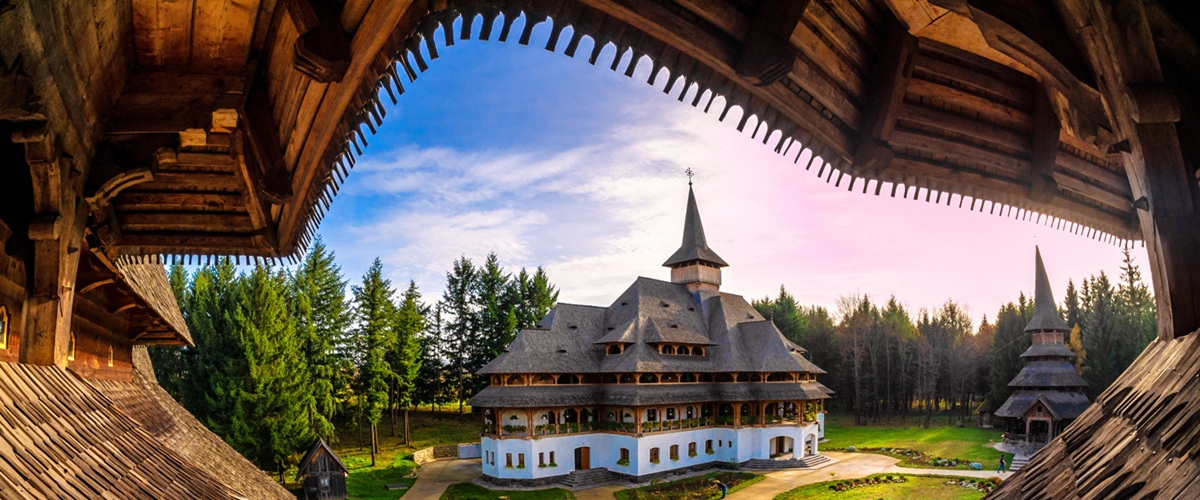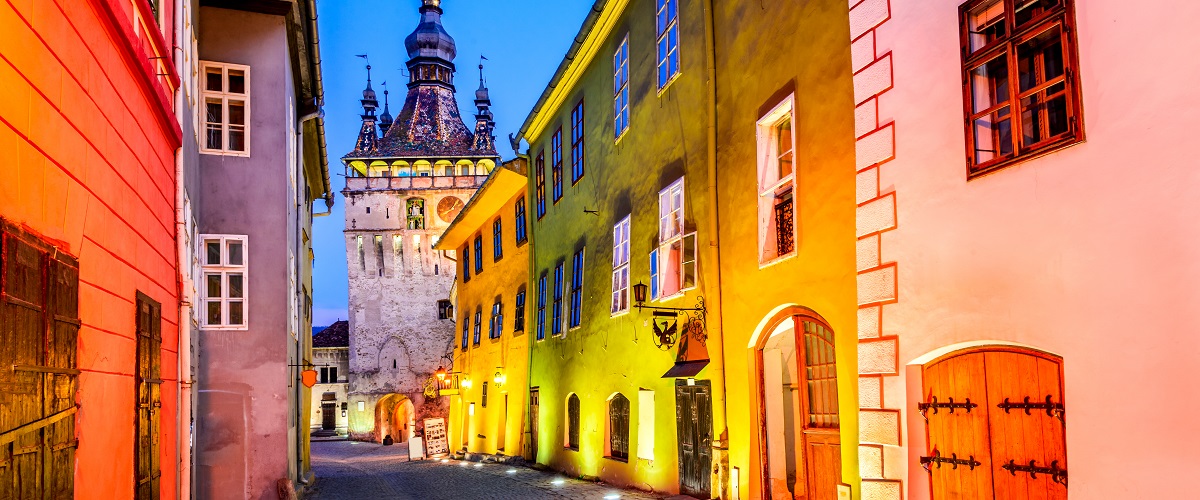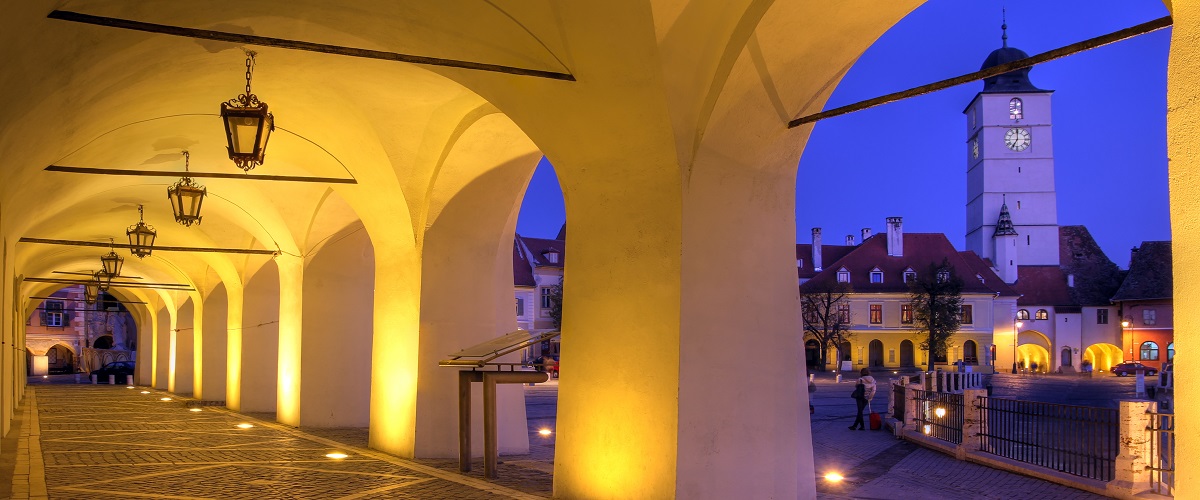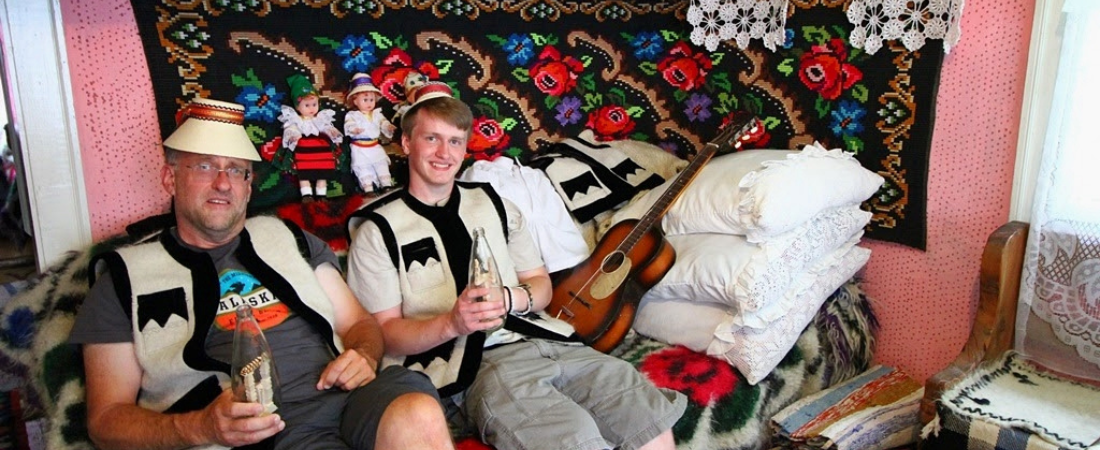 Credits
Credits
 Credits
Credits
- Home
- Wooden churches
Wooden churches
The history of Maramures is told through the wood of their churches. Along the centuries, the area's foreign rulers did not allow the people living here to build long lasting stone churches, so instead, the local carpenters raised beautiful wooden churches to communicate with God. Wood became their best friend and companion.
The Maramures wooden churches are remarkable examples of well-preserved religious architecture that emerged from the Orthodox traditions and Gothic style influences.
The churches show such a high level of artistic maturity and craft skills: they are narrow, tall, timber constructions with characteristic elongated towers single or double-roofed and covered by shingles. The walls of the wooden churches are generally built of oak logs laid horizontally with intricate joints. Because they are an exceptional expression of the cultural heritage of this mountainous area of northern Romania eigth of these churches are included in UNESCO World Heritage List since 1999.
The wooden churches, the nature and the people of Maramures are spiritually connected and have maintained this link to the present day. The wooden churches are dated between the 17th and 18th centuries but, according to specialists, they actually represent architectural styles several centuries older. This is because, in many cases, the churches were built in the same place where there had been a church, the architectural form and decorative details being preserved, and the repairs or restorations were done gradually, by replacing some beams or shingles.

Adventure, bike and eco tours
Wine and gastronomy tours
Adventure, bike and eco tours
Wine and gastronomy tours





.png)




